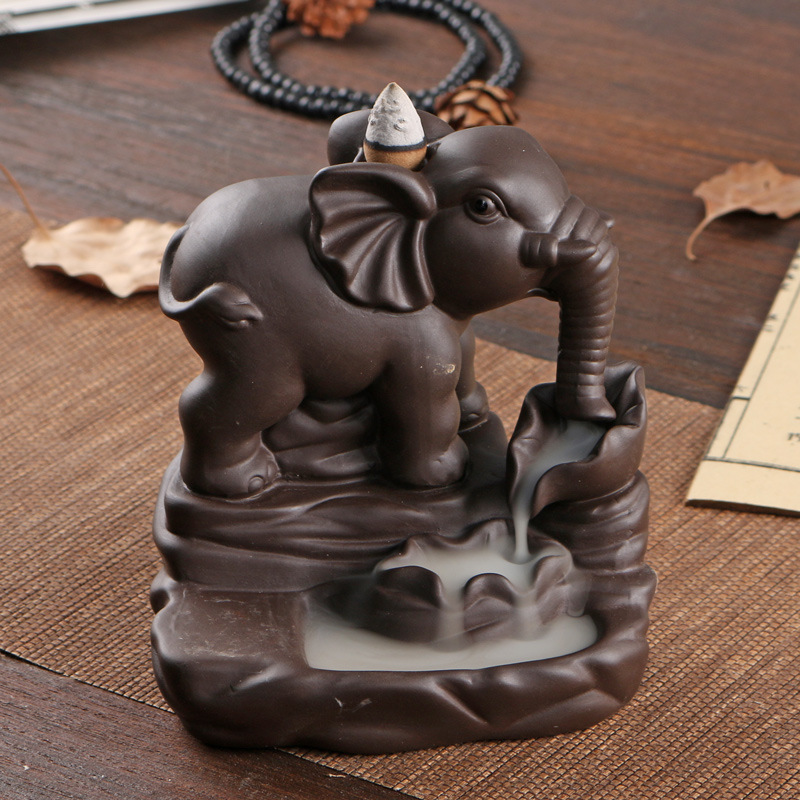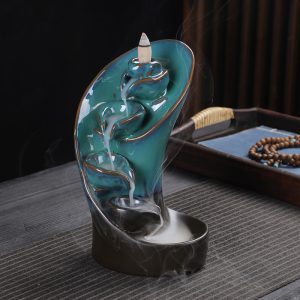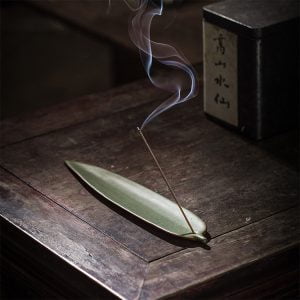Burning incense has a rich cultural and spiritual history, but concerns have been raised about its potential impact on human health. While incense can create a pleasant ambiance and aromatic experience, it is crucial to understand the potential risks associated with its smoke. In this article, we will explore the health effects of burning incense and provide an overview of scientific research in this area.
- Particulate Matter and Air Quality:
Burning incense releases particulate matter into the air, which can contribute to air pollution indoors. The smoke from incense contains fine particles, including soot and volatile organic compounds (VOCs). Prolonged exposure to these particles can irritate the respiratory system and may exacerbate symptoms in individuals with pre-existing respiratory conditions, such as asthma or allergies.

- Chemical Composition and Toxic Substances:
Incense is typically made from a blend of plant materials, resins, oils, and synthetic fragrances. When burned, these substances can release potentially harmful compounds, including benzene, formaldehyde, and polycyclic aromatic hydrocarbons (PAHs). These compounds have been linked to various health issues, including respiratory irritation, cancer risk, and adverse effects on the nervous system. - Allergic Reactions and Sensitization:
The fragrance compounds found in incense smoke can trigger allergic reactions in susceptible individuals. People with allergies or sensitivities to certain scents may experience symptoms such as sneezing, coughing, watery eyes, or skin irritation when exposed to incense smoke. It is important to note that individual sensitivities can vary, and some individuals may be more susceptible to these reactions than others.
- Indoor Air Quality and Ventilation:
Burning incense indoors can contribute to a decrease in indoor air quality, especially in poorly ventilated spaces. The accumulation of smoke and particulate matter can lead to increased concentrations of pollutants, which may have a negative impact on respiratory health. It is advisable to ensure proper ventilation while burning incense to minimize the potential health risks associated with poor air quality. - Moderation and Duration of Exposure:
The health effects of burning incense are often dependent on the frequency and duration of exposure. Occasional use of incense in well-ventilated areas is less likely to pose significant risks compared to frequent or prolonged exposure in confined spaces. It is advisable to use incense in moderation, be mindful of the duration of burning, and consider alternatives such as natural ventilation or using incense outdoors when possible.
In conclusion, while the use of incense can create a pleasant and serene environment, it is essential to be aware of the potential health risks associated with burning incense. Particulate matter, chemical emissions, allergy triggers, and impacts on indoor air quality are important considerations. If you have pre-existing respiratory conditions or sensitivities, it may be prudent to limit your exposure to incense smoke. Practicing moderation, ensuring proper ventilation, and exploring alternative methods of creating a fragrant atmosphere can help mitigate potential health risks while still enjoying the ritual and ambiance that incense provides.




